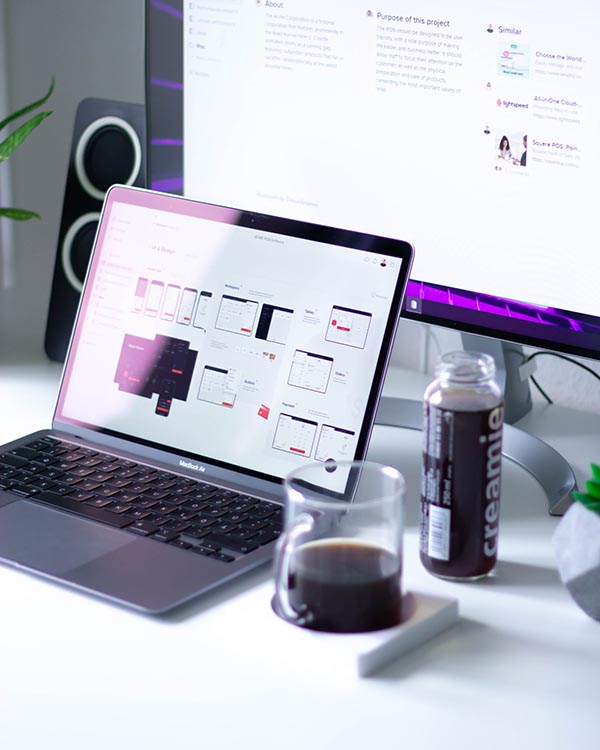Design Thinking: An Innovative Solution-Based Approach for User-Centered Design
Design Thinking is a user-centered approach to problem-solving that prioritizes understanding users’ needs, perspectives, and pain points. It is an iterative process that involves empathizing with users, defining the problem, ideating potential solutions, prototyping those solutions, and testing and refining them. Design Thinking provides a solution-based approach to complex issues, particularly when those problems need to be defined.
Empathy: Understanding Stakeholder Needs
The first phase of Design Thinking is empathy. By understanding end-users perspectives, designers gain a deeper understanding of their needs and motivations. At Areteworks, our research specialists perform in-person interviews and observations in a non-intrusive and efficient manner to gain insights into user needs. We also conduct remote user research and workflow reviews using online tools. In addition, our extensive knowledge and experience in both healthcare and commercial industries allow our experts to analyze and leverage any pre-existing marketing, QC, and secondary data to help save time and budget.
Ideation: Promoting Innovative Ideas
The ideation phase is a crucial part of the Design Thinking process. During this phase, the focus is on promoting innovative ideas to help solve the end user’s pain points. Areteworks uses at least two UX designers on average, but the number may vary based on the scale of the project to begin the ideation design. We encourage our team to think outside the box and develop ideas that challenge traditional solutions. To ensure that the ideation phase is successful, it is essential to have a diverse and cross-functional team. By bringing together individuals from different backgrounds, skill sets, and experiences, we can generate ideas that may not have been possible with a more homogenous group.
It is important to note that the ideation phase is about more than just generating as many ideas as possible. Instead, it is about generating high-quality ideas that meet the end user’s needs and can be implemented effectively. At Areteworks, we prioritize quality over quantity when it comes to ideation. During ideation, our team uses various brainstorming techniques, such as mind mapping and sketching, to help generate ideas. In addition, we continuously test our concepts internally and externally, making quick iterations based on stakeholders’ feedback to ensure end-user perspectives are always an essential part of the design direction. The main difference between Design Thinking and User-Centered Design (UCD) is their focus. Design Thinking focuses more on problem-solving and innovation.
Formative Usability Tests: Assessing Design Strengths and Weaknesses

The next phase is the formative usability test, assessing the design’s strengths and weaknesses. Areteworks has extensive experience conducting formative usability tests across various platforms. Our usability experts use low and high-fidelity simulators (like Figma, InVision, Balsamic) or paper prototypes, making the interactive prototypes accessible to testing participants in person at a test facility or, if necessary, online. In addition, our UX team captures important observational data, including participant behaviors, body language, and verbal insights from users. The testing results are a critical guide for revisions to the workflow design.
Visual Design: Providing an Appealing User Interface
Visual design is essential to providing an appealing user interface that conveys critical information quickly and accurately. Areteworks’ expert visual design team considers how layouts, color schemes, typography, and iconography improve the user experience. In addition, we consider a variety of design principles and issues when designing the visual aspect of the user interface, assuring your product will be used in a manner that is easy, safe, and minimizes critical errors.
Incorporating Design Thinking into your product design or business problem-solving process can lead to innovative solutions that significantly impact your stakeholders. At Areteworks, we apply Design Thinking in an iterative process, facilitating quick and continuous concept reviews and revisions until we achieve an inspiring and intuitive user experience. The iterative process of Design Thinking allows designers to identify alternative strategies and designs that lead to discovering new ways of resolving stakeholder pain points. The result is an inspiring and intuitive user experience.
Would you like us to assist you? Contact us at: info@areteworks.com (www.areteworks.com)
